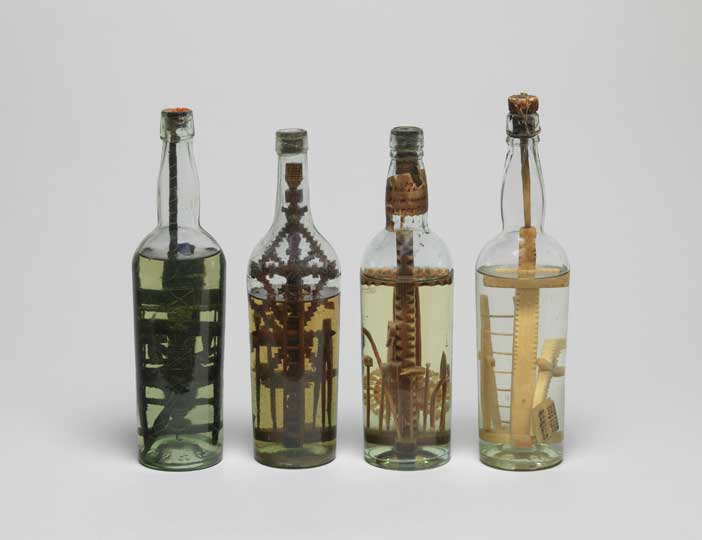This summer, Tate Britain will celebrate the diversity of British folk art, with an unprecedented display of objects that will deliberately do away traditional artistic categories. Curator Martin Myrone spoke to Apollo about the challenges of working outside the art-historical canon, and some of the most interesting resulting discoveries.
Click here for a gallery of highlights from the exhibition
Can you tell us a bit about the exhibition?
This is the first major exhibition of British folk art at a national museum, showcasing about 200 objects in all media – from exquisite samplers to monumental figureheads.
What makes this a distinctive show?
This is a very unusual show for an art gallery to host. The objects, displayed in this context, tread a boundary between ‘art’ and ‘non-art’, and raise all sorts of questions about authenticity and identification.
But above all, the show is visually imposing. It is much less about telling art-historical narratives than creating a series of hopefully exciting visual experiences.
How did you come to curate this exhibition?
I have been interested in the subject for the last 10 years or so. In the course of visiting collections around the country in connection with my main area of interest (18th and 19th century British art), I’ve encountered so many fascinating objects which fall outside the usual categories used by art historians, but which might be considered as ‘folk art’. Working with the artist Jeff McMillan over the last couple of years has really clarified how we can make the show work as a visual experience.
What is likely to be the highlight of the exhibition?
I like to think there are lots; we are exhibiting extraordinary objects from all sorts of different collections. The life sized straw effigy of King Alfred from the Museum of English Rural Life, University of Reading, is one obvious candidate, as is the cockerel made of bone by French prisoners of war, from Peterborough Museum, and the quilt made by James Williams of Wrexham. But there is such variety it would be hard to pick out any single highlight.
And what’s been the most exciting personal discovery for you?
We found all sorts of wonderful things in the stores of Birmingham Museum, especially works from the Pinto collection of Treen. The leather toby jugs from Birmingham are fascinating; on the one hand they are a complete cliché about ‘folksy’ Englishness, on the other they are dark and strange, more like ethnographic exhibits. I had no idea such things existed until we saw them in store there.
What’s the greatest challenge you’ve faced in preparing this exhibition?
So many things get classed as folk art, and there are so many different definitions of what folk art might be. We knew we were never going to come up with a single, fixed definition. Instead, we’ve tried to bring together items which we think are exciting to see together, leaving the question of classification more open-ended than we ever normally would.
How are you using the gallery space? What challenges will the hang/installation pose?
The sheer variety of media and size has made the installation a challenging one. Jeff McMillan has created a series of fairly open spaces, which will allow the objects to interact without being tied to a linear narrative.
Which other works would you have liked to include?
As we’ve visited various collections we’ve become aware of how many wonderful and unusual objects there are across the country that could be classed as ‘folk art’. We’ve been able to include all the really key things we wanted to borrow – but there is much more yet to be discovered. We could make the show again and it would look completely different.
‘British Folk Art’ is at Tate Britain, London, from 10 June–31 August















![Masterpiece [Re]discovery 2022. Photo: Ben Fisher Photography, courtesy of Masterpiece London](http://zephr.apollo-magazine.com/wp-content/uploads/2022/07/MPL2022_4263.jpg)
‘Like landscape, his objects seem to breathe’: Gordon Baldwin (1932–2025)